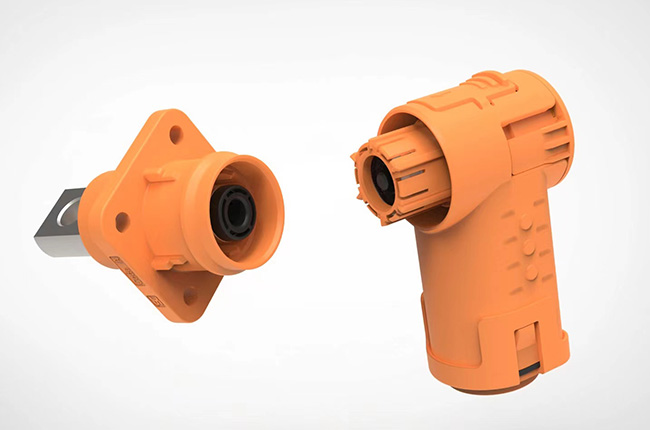- All
- Product Name
- Product Keyword
- Product Model
- Product Summary
- Product Description
- Multi Field Search
Views: 91 Author: Site Editor Publish Time: 2023-09-01 Origin: Site
Energy storage connectors play a crucial role in modern renewable energy systems, helping to ensure reliable and efficient energy storage and distribution. There are several different energy storage connector technologies available, each with their own unique strengths and weaknesses. Let's take a look at some of the most common energy storage connector technologies and compare their performance.
Bolted connections
Bolted connections are a simple and reliable energy storage connector technology that has been used for many years. They involve using bolts and nuts to connect cables or busbars to the energy storage system. Bolted connections can handle high currents and are suitable for large-scale energy storage systems. However, they can be time-consuming to install and maintain.
Crimped connections
Crimped connections involve using a special tool to compress a connector onto the end of a cable or busbar. This creates a strong, reliable connection that can handle high currents. Crimped connections are easy to install and require little maintenance. However, they may not be suitable for very large-scale energy storage systems.
Spring-loaded connectors
Spring-loaded connectors use a spring mechanism to create a secure connection between cables or busbars. They are quick and easy to install, and are suitable for use in medium to large-scale energy storage systems. Spring-loaded connectors can handle high currents and are designed to be reliable and low-maintenance.

Bolted wedge connectors
Bolted wedge connectors use a wedge-shaped connector to create a secure, low-resistance connection between cables or busbars. They are suitable for use in large-scale energy storage systems and can handle very high currents. Bolted wedge connectors are reliable and require little maintenance.
Conductive adhesives
Conductive adhesives are a relatively new energy storage connector technology that involve using a special adhesive to bond two surfaces together. The adhesive contains conductive particles, which create a low-resistance connection between the two surfaces. Conductive adhesives are easy to apply and require no special tools. However, they may not be suitable for very high-current applications.
When selecting an energy storage connector technology, it is important to consider factors such as the size and complexity of the energy storage system, the required current capacity, and the ease of installation and maintenance. Working with a supplier or distributor who specializes in energy storage connectors can help ensure that the right technology is selected for the specific application.
In addition to selecting the right connector technology, it is also important to ensure that energy storage connectors are properly designed, tested, and certified to meet the required safety and performance standards. This can help ensure that the energy storage system operates reliably and efficiently over its entire lifespan.
This article covers the technical features of spring-loaded and push-in terminals, and both the advantages and disadvantages of these technologies when it comes to installation practices, commissioning, footprint and authorisation for the North American market. Why do we need spring terminal block ?
Wiring a terminal block correctly is a fundamental skill in electrical work, ensuring safe and reliable connections. This article will help you to understand the essential steps, from preparing your wires to securing them properly within various terminal block types.ContentWhat are Terminal Blocks?R
What is terminal block ?terminal block, also known as a connection terminal, is a modular block used in electrical and electronics systems to connect and secure electrical wires or cables. It serves as a convenient and organized way to make electrical connections, whether for power distribution, sig
Terminal electronics is the key point at which a conductor from a electronic component, device or network comes to an end.Terminal may also refer to an electrical connector at this endpoint, acting as the reusable interface to a conductor and creating a point where external circuits can be connected
Spring connectors, also known as spring-loaded connectors or pogo pins, are electrical connectors that use spring-loaded contacts to establish a temporary electrical connection. These connectors are commonly used in applications where repeated connections and disconnections are required, such as in
PCB terminal blocks are a vital electronic components in many electronic applications systems, allowing secure and reliable connections between printed circuit pcb boards and external wires. These terminal blocks are available in a variety of sizes, types, and materials to meet the specific needs o